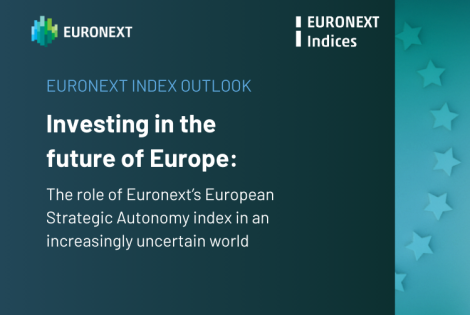Pages: 28
Publication: 6 October 2022
Authors: Paul Besson, Head of Quantitative Research, Théo Compérot, Quant Research Analyst and Cheng-Feng Gu, Quant Research Analyst
In this note we show that the timing of passive trades is directly connected to overall passive execution prices, thereby connecting Markouts and passive execution prices.
We first evidence that the average passive selling price on Euronext is +0.60 bps higher than on Cboe, and +0.56 bps higher than on Turquoise (see Figure 4, p10).
We also show that unfavourable market timing for a passive trade is more likely (+6%) on Cboe and on Turquoise than when considering all venues together. Further, we evidence that favourable market timing is less frequent (-4%) on Cboe and on Turquoise than when considering all venues (see Figure 7, p13).
We recommend that the favourable price improvements seen for passive trading on Primary Markets should be taken into account explicitly by Smart Order Routers.
From Markouts to passive trading prices
Bridging Markouts and passive execution prices
While the relationship between Markouts1 and adverse selection for a passive trader is well established, a worse Markout is often not considered by traders to be as detrimental as a worse execution price. This misconception arises from the fact that passive trades are always executed at a predetermined limit price, leading to a perception that the timing of the trade does not necessarily impact overall passive trading prices. In this note we show that the timing of passive trades is directly connected to overall passive execution prices, thereby connecting Markouts and passive execution prices.
How adverse timing selection leads to worse passive execution prices
We consider two traders with different Markouts over the same trading period. This difference in Markouts corresponds to a difference in the timing of the trades. The difference in trade times naturally leads to a difference in trading prices.
For this reason, when comparing two passive sellers, we would intuitively expect that the passive seller that has a smaller Markout and can avoid selling before a large price rise, would sell on average at a higher price than the participant that displays a larger Markout, and is therefore more likely to sell before the price rises.
Main questions addressed on Markouts and passive execution prices
In order to uncover the link between Markouts and passive trading prices we will provide answers to the main four questions below:
- How can we objectively assess the outcome of a passive trade on a given venue?
- Are average passive execution prices more attractive on Primary Markets versus MTFs?
- Do passive trades on MTFs take place at a worse market timing compared to passive trades on Primary Markets?
- Do worse Markouts and market timing lead to worse Passive VWAP prices on MTFs versus Primary Markets?
We will study the case of a passive seller over a 5-minute time interval. We consider the outcome of passive sells on the main Lit continental venues: Euronext, Cboe, Aquis and Turquoise. We show that venue choices lead to significant differences in outcomes and we relate these findings to the differences in Markouts across exchanges.
1 For more details on Markouts, see our February 2022 Quant Note “Better passive posting across Lit venues based on quantitative analysis of Markouts” available on https://www.euronext.com/en/quant-research
Request the report, contact us: Request the report







